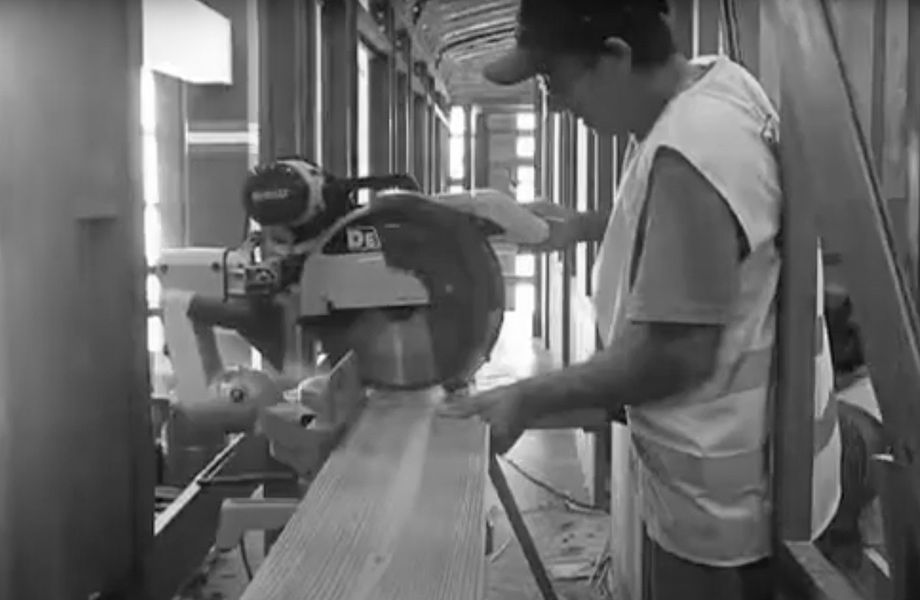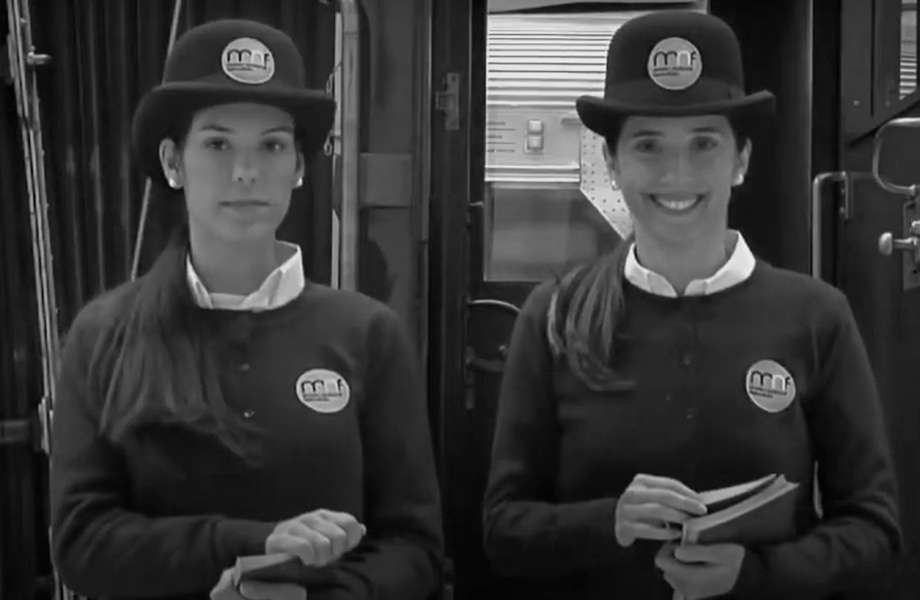National Railway Museum Collection

The National Railway Museum collection encompasses a wide variety of items associated with the railway theme, which range from rolling stock (locomotives, carriages, cars, etc.) to a diversified ensemble of complementing objects.
Its diversity associated with the quality and quantity of objects – approx. 36,000 – as well as its dimension, makes the Museum a unique venue in the national scenario.
Online collection
Discover the objects, history, memories and many other things of our Online Collection
The collection includes the following categories:
-
ROLLING STOCK
-
TRACKS AND CATENARY
-
WORKSHOP
-
COMMUNICATION
-
INFORMATION AND SIGNALLING
-
STATION AND OFFICES
-
TARIFF AND TICKETING
-
PROTECTION AND SAFETY
-
CATERING
-
HEALTH
-
DOCUMENT COLLECTION

Royal Train Conservation and Restoration

Presidential Train Conservation and Restoration

Portuguese Presidential Train Inauguration
Real Estate Heritage
In addition to its collection of tangible assets, the Museum also stands out for its real estate heritage, namely the historical buildings that are part of the Entroncamento Railway Complex and which currently host the exhibition.
This is the case of the old Warehouse (part of the social services then provided to the Company personnel), the Roundhouse (which still preserves its original turntable dated 1911), the Old Steam Workshops, which carried out the maintenance of the rolling stock and operated for over 100 years, or the Power House, built in the 1920s, an unique and remarkable construction in Portugal.
A
- Artwork –generic definition for bridges, viaducts, overpasses and tunnels.
B
- Ballast – aggregate stone, gravel, or cinders forming the track bed on which sleepers (ties) and track are laid to ensure stability and proper drainage.
- Bogie – mechanical structure consisting of two or more axles and a damping system that connects the vehicle body to the rail. It has freedom of movement, so that the wheels can turn or follow a route with minimum effort and friction.
- Broad-gauge railway – is a railway with a track gauge of 1,668 mm, used in the Iberian Peninsula. European gauge is a railway with a track gauge of 1,435 mm.
C
- Cab or driver's compartment – is a part of the train housing the train driver.
- Communication – refers to the different communication processes, whether telegraphic, telephone, acoustic and electrical, used in the different railway networks, aimed at regulating the running of trains and informing passengers.
D
- Driver or engine driver – the operator of a locomotive or any other motor unit.
E
- Station – a railway facility or area where trains regularly stop to load or unload passengers, freight or both. Set of fixed installations, with all necessary facilities for general service. They have special designations, according to their local status, the service they provide and the purpose for which they are intended. Where operations related to the reception, training and dispatch of trains can be carried out.
G
- Gauge – Also known as track width. Distance between the inner faces of the edges of the rails on a single track, measured 15mm (this size varies from country to country) below the rolling table and squarely with the rails.
L
- Level crossing – a crossing on one level - without recourse to a bridge or tunnel - generally of a railway line by a road or path.
- Locomotive – a traction engine vehicle. It can be powered by steam, diesel, electricity. It can pull line, manoeuvre, freight and passenger vehicles.
N
- Narrow-gauge railway – railway with a track gauge of 1 metre. Also known as metre-gauge railway.
O
- Overhead Line – overhead line formed by one or more contact wires and one or more longitudinal conductors that by mechanically supporting those also have the function of transporting electrical energy.
P
- Plataform – Area alongside a railway track providing convenient access to trains for loading and unloading passengers or goods.
R
- Rail – Laminated steel profile. Component of the track superstructure, which receives the loads of the rolling stock, guiding it along the track.
- Railroad – route built by lines equipped with iron rails placed in parallel (and other construction elements) on which trains and the like equipment roll over.
- Railway – a set of elements that serve as the basis for supporting and routing the trains. Also know as railroad.
- Railway scales – scales for weighing railway vehicles, inserted in the railway line and whose weighing mechanism is installed in a pit created for this purpose under the track equipment.
- Railway sleeper – element located across the track that connects the rail and the ballast. The wheel runs on the rail, subjecting it to a high stress, the sleeper receives this stress and transmits it to the ballast layer in such a way that they are compatible with its resistance and deformation capacity.
- Railway turntable – installation that allows, by turning around an axis, to route vehicles from one line to several parking lines arranged radially. Also known as “Railway Roundhouse”.
- Railway workshops – special facilities associated with railway networks for the maintenance, repair or construction of rolling stock or preparation of track and work material (forges, foundries and metal-mechanic workshops, sawing and creosote application).
- Rolling stock – generic designation assigned to a set of railway vehicles, including self-propelled, coach, trolley, locomotive, quadricycle, wagon.
- Run – The action verb for the train's movement.
S
- Signal – System used by station, track and train operators, as a means of transmitting conventional, optical or acoustic signs, regarding the safety, circulation and manoeuvre of railway vehicles.
- Signalling – a set of technical equipment, organization and regulations designed to ensure the safety and efficiency of rail traffic.
T
- Train – Set of vehicles towed or propelled by one or more engines; set of engines or isolated engine, which runs on a certain route according to previously established motion standards between two locations.
- Train yard – facility for the parking, maintenance and routine vehicle assistance. Storage or depot. Each locomotive or traction engine vehicle is normally assigned to a yard.
- Ticketing – A complex set of operations that integrate the issuance of a ticket, its validation and control, as well as the necessary processing for management and statistical purposes.
Update date: 27 June 2023
